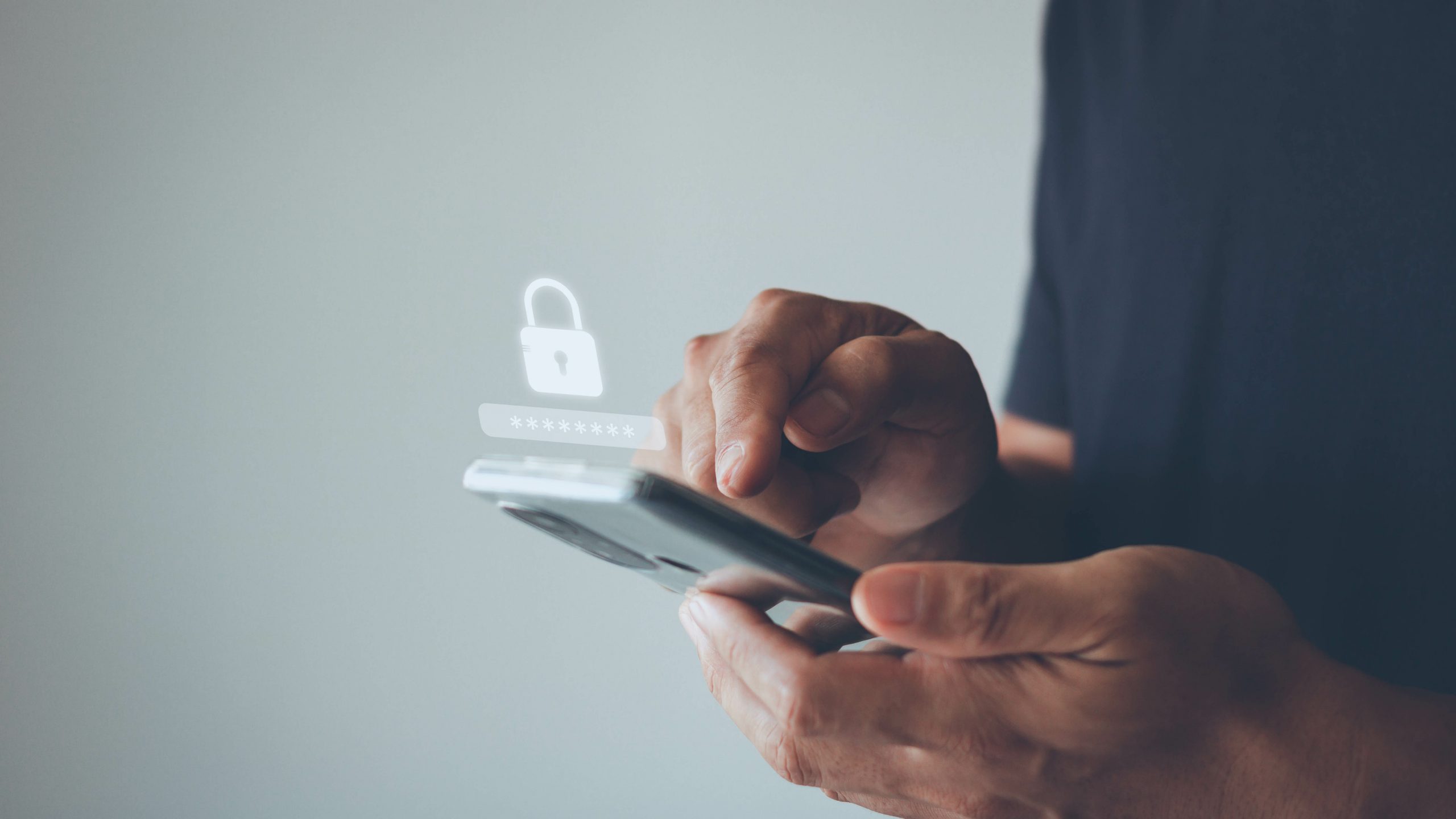
Mobile devices play a central role in daily life, storing personal and professional information, handling financial transactions, and connecting to various online services. However, this level of convenience comes with significant security risks. Cybercriminals constantly develop new tactics to exploit vulnerabilities, putting sensitive data at risk.
Threats such as spyware, unauthorized tracking, and data breaches can compromise both privacy and security. Many users unknowingly expose themselves to these dangers by overlooking basic security measures or trusting unsafe applications. Taking the right precautions is essential to prevent unauthorized access and protect valuable information.
Read on to learn the best practices for preventing mobile security threats and keeping your data secure.
Weak authentication leaves your device and accounts vulnerable to unauthorized access. Cybercriminals use credential theft techniques to steal personal and business data, often leading to identity theft and financial loss. Strengthening authentication practices helps protect sensitive information and prevents unauthorized logins.
To enhance security, follow these key authentication measures:
- Create strong and unique passwords: Use a mix of uppercase and lowercase letters, numbers, and special characters. Avoid easily guessed passwords like birthdays, pet names, or common words. Each account should have a unique password to prevent hackers from accessing multiple accounts if one password is compromised.
- Enable multi-factor authentication (MFA): Requiring a second verification method, such as a fingerprint, authentication app, or one-time SMS code, strengthens security. Even if someone steals your password, they won’t be able to log in without the additional authentication step.
- Change passwords regularly: Updating passwords periodically reduces the risk of long-term exposure in case of a data breach. If a hacker gains access to one of your passwords, changing it frequently limits the time they can use it.
Strengthening authentication reduces the risk of unauthorized access and credential theft. Mobile threat management tools further enhance security by detecting suspicious login attempts and blocking unauthorized access before it becomes a threat.
Avoid Public Wi-Fi and Unsecured Networks
Public Wi-Fi is convenient, but it puts your data at risk. Hackers can intercept your connection, steal personal information, and even install malware on your device. Using unsecured networks without protection increases the chances of cyberattacks.
To keep your data safe, follow these precautions:
- Use a VPN: A virtual private network (VPN) secures your internet connection by encrypting data, making it harder for hackers to intercept. This is particularly useful when logging into sensitive accounts like online banking or work-related systems.
- Disable automatic Wi-Fi connections: Many devices automatically connect to available networks, increasing the risk of joining fake or compromised access points. Turn off this feature to prevent unintentional connections to unsecured networks.
- Stick to private networks: Cellular data or a personal hotspot is a safer option than public Wi-Fi. If using a public network is unavoidable, limit online activities to non-sensitive tasks and avoid logging into important accounts.
Using unsecured networks without precautions exposes your data to theft and cyber threats. Private connections and encryption tools provide an added layer of security, reducing the risk of attacks.

Be Cautious with Mobile Applications
Some mobile apps pose security risks by collecting excessive data, exposing users to malware, or disguising themselves as legitimate programs. Downloading unverified apps or granting unnecessary permissions can put personal information at risk.
To reduce security threats, follow these best practices:
- Download apps from legitimate sources: Stick to official app stores like Google Play and the Apple App Store. Third-party sites often host modified or malicious apps that can steal personal data or infect your device with malware.
- Check app permissions: Review the permissions requested before installing an app. Some apps ask for access to data they don’t need, such as location tracking for a simple calculator. Limiting unnecessary permissions helps protect privacy.
- Update apps regularly: Developers release updates to fix security vulnerabilities and improve performance. Running outdated apps increases the risk of cyberattacks, as hackers exploit known weaknesses to gain access to devices.
Unsafe apps can expose devices to security threats, data theft, and unauthorized tracking. Sticking to trusted sources and reviewing app permissions reduces the risk of mobile security breaches.
Keep Your Device and Data Secure
Losing a mobile device or failing to secure its data can lead to unauthorized access, identity theft, or permanent data loss. Strong data protection measures help reduce these risks and keep personal and business information safe.
To improve security, consider the following:
- Enable remote wipe: If your device is lost or stolen, a remote wipe allows you to erase all data from it instantly. Many devices have built-in features for this, preventing sensitive information from falling into the wrong hands.
- Lock your device: A strong lock screen prevents unauthorized access. Use biometric authentication like fingerprint or facial recognition, or set a complex PIN or password to make it harder for intruders to unlock your device.
- Back up your data: Regularly save important files to cloud storage or an external drive. This ensures that if your device is lost, damaged, or attacked by malware, you can still access your critical data.
- Use encryption: Encrypting stored data adds another layer of protection. Even if a device is stolen, encrypted files remain inaccessible without the proper decryption key.
- Be mindful of Bluetooth and file sharing: Disable Bluetooth, AirDrop, or other file-sharing features when not in use. Attackers can exploit open connections to send malicious files or gain access to your device.
Taking these steps helps safeguard devices against theft, data breaches, and cyber threats. A proactive approach to mobile security ensures sensitive information remains protected.
Final Thoughts
Protecting your mobile device goes beyond convenience—it safeguards your privacy, finances, and personal data. Cyber threats are constantly evolving, but staying informed and adopting smart security practices can keep you ahead of potential risks. Small actions, like using strong authentication and avoiding unsecured networks, make a big difference in preventing breaches. Prioritizing security today helps ensure a safer, more reliable mobile experience.
Raghav is a talented content writer with a passion for creating informative and interesting articles. With a degree in English Literature, Raghav possesses an inquisitive mind and a thirst for learning. Raghav is a fact enthusiast who loves to unearth fascinating facts from a wide range of subjects. He firmly believes that learning is a lifelong journey and he is constantly seeking opportunities to increase his knowledge and discover new facts. So make sure to check out Raghav’s work for a wonderful reading.




